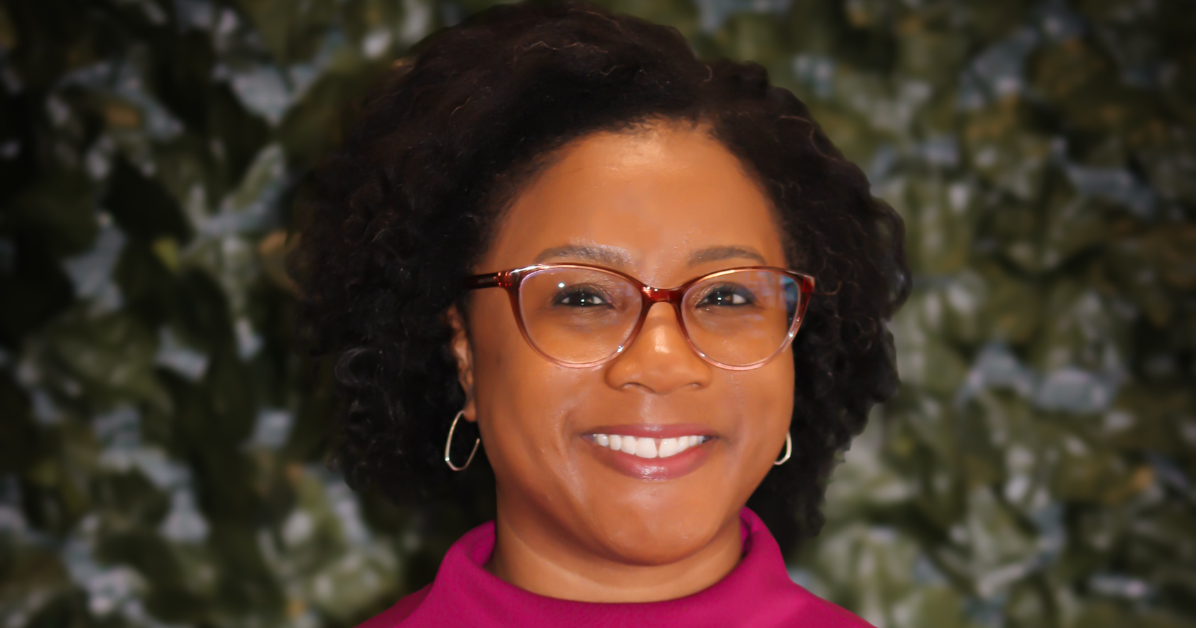How To Thrive In The Digital Space Of Your Industry
In late 2009, River Pools & Spas, a 20-employee installer of fiberglass pools in the Virginia and Maryland area, was in trouble. Homeowners were not running out and buying fiberglass pools during the Great Recession. Worse yet, customers who had planned on purchasing a pool were calling up River Pools to request their deposits back. Some deposits were around $50,000 or more.
For multiple weeks, River Pools overdrew its checking account. Not only was it becoming difficult to pay employees, but the company was looking at possibly closing up shop for good.
CEO Marcus Sheridan believed that the only way to survive was to steal market share from the competition. That meant thinking differently about how the company went to market.
At the beginning of this process, River Pools did just over $4 million in annual revenues and spent approximately $250,000 a year on marketing. There were four competitors in the Virginia area that had a greater market share.
Two years later, River Pools & Spas sold more fiberglass pools than any other fiberglass pool installer in North America. The company also decreased its marketing spend from $250,000 to around $40,000 while at the same time winning 15 percent more bids and cutting its sales cycle in half. The average pool builder lost 50 to 75 percent in sales while River Pools increased sales to more than $5 million.
How did Marcus do it? He wrote down every conceivable customer question and answered it on his blog. Today, from search engine results to social media sharing, River Pools & Spas is the world’s leading information provider on the subject of fiberglass pools.

Getting Started
Building an audience online is all about delivering valuable, relevant, and compelling information to a particular group of people consistently over time. This kind of strategy doesn’t happen overnight, but it all starts the same way; a deep focus on your audience, their needs and their pain points.
Ask the following questions to get started:
- Who is your typical audience member? How does this person live an average day?
- What’s the person’s need? This is not “Why does the person need our product or service?” but “What are this person’s informational needs and pain points as they relate to the stories we will tell?”
- Why will this person care about us, our products, our services? It’s the information we provide that will make that person care or pay attention.
Your idea of the “who” doesn’t have to be perfect, but it needs to be detailed enough that you can visualize this person in your head as you develop content. It works the same if you are creating a blog post, a podcast episode or a YouTube series.
Marcus and River Pools & Spas became the worldwide leader in information about fiberglass pools for homeowners considering a purchase. If Marcus were targeting fiberglass pool manufacturers, the content would be vastly different. It’s the “who” that gives the content the context it needs to be successful.
Putting It All Together
Before you create any content, you should build a template for all your content creation efforts.
- What’s Your Mission? Every piece of content you create should solve a customer’s pain point or need. The content needs to be the solution here, not your product.
- Who’s Your Key Audience? Be very specific. You can only target one audience group at a time. The more specific (niche) you can be with your audience, the better you can become the leading information resource for this group.
- What Are the Sample Titles and/or Functions? Create a list of all the possible titles (if business-to-business) or functions (if consumer-facing).
- Why Is this Group Important to Your Business? Are these direct buyers, influencers or gatekeepers? What is the ultimate behavior you want to see maintained or changed?
- What Are the Questions that Need Answering? Make a list of all the questions you can answer and review them with your team. Ultimately, this will be essential to create an ongoing content or editorial calendar for your content.
Finding the Questions
There are several small steps you can take to understand what audience questions need answering.
- 50 Questions: Meet with your team and come up with your questions. Don’t stop until you get to 50.
- Use Google Alerts: Google Alerts is a free service that delivers web content to your inbox that’s related to the words your audience is searching for. You can receive alerts as they happen, every day or every week. This becomes a great resource to uncover new content ideas.
- Ask Your Employees: Talk to your employees that work directly with your customers. What are the most asked questions?
- Analyze Your Website Analytics: Look at your analytics every week. Find out what people are most interested in and how they are locating your content.
- Talk to Your Customers or Prospects: If you don’t have direct access to your customers, try email or a phone call, or social media. Customer surveys work great as well.
Content entrepreneurs that have successfully built an audience over time generally know their customers the best. That is your job now. By solving your customers’ pain points with exceptional and consistent information, they will begin to know, like and trust you. Once that happens, they will most likely buy whatever you have to offer.
This post was written by Joe Pulizzi and originated on SCORE.






